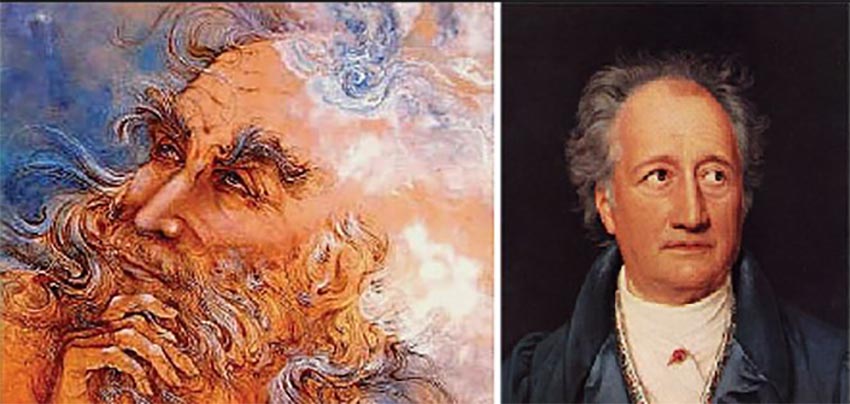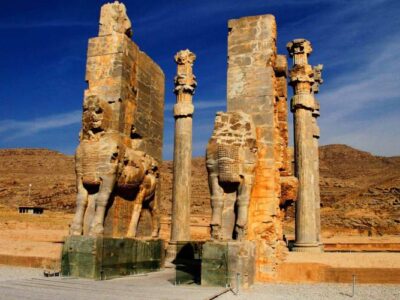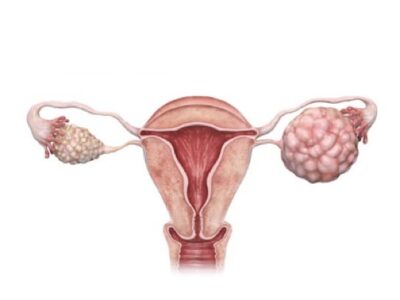by Mahsa Kalatehseifary

The following comparison demonstrates, in short account, the semantic intricacies used by Hafez, which deepened the complexity of Hammer’s process of translation. In the couplet above, Hafez creates the Persian equivalent compound noun of taajdaar, ‘Kronenhaber’, instead of using the common term “Herrscher”. This substitution allowed Hafez to create a rhyming pattern between this word and his selection of hoshyaar, for which Hammer chose “Weise”. The two Persian words in Hafez, in contrast to the translation, appear as closing words in the original. The flexibility of the word order is thus another characteristic of Hammer’s translation, of which more examples are discussed in Chapter two.
In the rhyming pattern of -aanand in taajdaaraanand and hoshyaaraanand (rhyming patterns highlighted) the flexibility of Persian grammar gave Hafez the freedom to craft the rhymes in the verbs of his two lines, a freedom which Hammer did not have in the German language. This characteristic, which contributes to the acoustic quality as well as the formal structure of the original distich, is lost in the translation. Hammer reproduced the original verbs by using forms of “sein”, and his pairing of “Herrscher” and “Weise” does not rhyme. In light of the function of the dramatis persona of Hafez’s Divan, translating hoshyaar with “Weise” is also somewhat misleading. As we will see in chapter two, the “Weise” is one of Hafez’s characters representing certain characteristics. “Nüchtern”, in fact, would have transferred the original meaning, which also reconstructs the original contrast in addition to “berauschet”. The original repetition is reconstructed in “deinen”; however, the adjective ‘berauschend’ of “Narzißen” is eliminated in the rendering, perhaps to create a harmony between the number of words in both lines. The analysis in chapter two shows this as an occasional occurrence in the rendering, for which there is at times no clear explanation. The analysis also indicates that the Persian rhetorical devices of the original are not fully transferred to the reproduction, as in the above couplet the device of Ihaam, or ambiguity, crafted in badeh la’l, gets lost in the rendering. It is not clear whether “Rubinen” communicates the rhetorical device of ambiguity that its Persian equivalent of badeh la’l evokes in the mind of the Persian reader. Hammer’s brief mention of “Rubinenmund” in his foreword does not make the matter clear. The acoustic quality of the original, which is intensified by the rhyming halves of each distich, is further lost in most of the reproductions, as it is in the translation of this line (examples underlined below):
Gholaam-e narges-e mast-e to taajdaaraanand / kharaab-e bade-ye la’l-e to hoshyaaraanandThe latter part of chapter two elucidates further whether the message of Hafez is transferred fully in the reproductions for the western reader.
The third chapter takes up the same question and examines first Goethe’s understanding of Hafez in light of the previous chapter. It shows Goethe’s compensation for the failure of Hammer’s version by keeping Hafez’s philosophy intact. In this vein, the discussion aims to highlight a selection of references in the West-östlicher Divan as containing fundamental elements of the Hafezian message. To this end, the discussion underlines Goethe’s adaptation of Hafezian motifs, characters and metaphors, which contributed to his Persian-spirited verses and spontaneously shed light on his personal life. The chapter also discusses whether it is true, as Goethe scholarship has believed to date, that the poems are bereft of mystical implications, and also touches upon the formal aspects of the poems. It is also the underlying purpose of the third chapter to show that through the books of his Divan, Goethe presents his readers with eastern and western poetry with no demarcations to indicate their differences, so that they wonder about his “technique of mixing and dissolving” without a “‘west-östliche’ synthesis in a form of merging both”. Regardless of the controversy over the extent of the syntheses of these two different poetries, I argue that Goethe’s German- and Persian-spirited verses are placed so peacefully together that it is as if they were from the same origin. Goethe explained the intention of this “link” to his publisher Cotta as follows: “My aim is to bring in a cheerful way the west and the east, past and present, Persian and German together, and let both custom and thinking be felt by the readers. With this aim, through a spiritual Hegira, Goethe drew near to Hafez, resided in his homeland cognitively, and versified his last large anthology. His Divan was a productive literary response to that of Hafez, and became a great inspiration to the savants of Weimar, who continued in his footsteps and thus embarked upon setting more examples of this newly originated notion throughout the century. The core idea of Goethe’s notion of “World-literature”, coined in 1827, is doubtlessly the element that led to Hammer’s Hafez translation and thus the ghazal’s journey and subsequent settlement in western literature. The following is one of his widely quoted statements in this regard: “In the past, when I could not grasp random pieces by this great poet, they would have a greater impact on me so that I had to become productive.”
To be continued…















